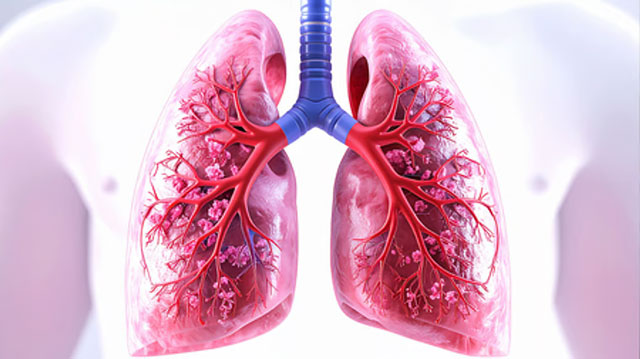Daijiworld Media Network - Chandigarh
Chandigarh, Nov 1: A worrying rise in chest infections across North India has been linked to a lesser-known bacterium that closely mimics whooping cough (pertussis), according to a new study by the Postgraduate Institute of Medical Education and Research (PGIMER), Chandigarh.
The study, published in the Emerging Infectious Diseases journal of the US Centers for Disease Control and Prevention (CDC), reveals that Bordetella holmesii—a bacterium once considered rare—is now responsible for nearly 37 per cent of infections, surpassing Bordetella pertussis, which traditionally caused most cases.

Researchers noted a sharp increase in infections during 2023, particularly among children aged 5 to 10 years in northern India. After a temporary decline during the Covid-19 pandemic, cases of pertussis-like illnesses have surged again.
“Starting 2015, our surveillance has shown a clear shift in infection patterns. The prevalence of B. pertussis has dropped from 15–20 per cent to as low as 2–5 per cent, while B. holmesii infections have risen sharply,” said Dr. Vikas Gautam, who led the long-term research at PGIMER in collaboration with Dr. Prabhu Patil of CSIR-IMTECH, Chandigarh.
Globally, pertussis remains a major public health concern in Asia, especially in India and China, with India alone reporting nearly 13.6 million cases recently. China’s incidence rate has also spiked dramatically—from 0.13 per 1,00,000 in 2013 to 2.15 per 1,00,000 in 2019, with over 58,000 reported cases by early 2024.
Experts warn that Bordetella holmesii presents similar symptoms to whooping cough, including severe, uncontrollable coughing fits, thick mucus build-up, and a distinctive “whoop” sound while breathing. Early symptoms resemble a common cold—runny nose, watery eyes, mild fever, and light cough—but can worsen over weeks, often disrupting sleep and lasting for months.
Health authorities have urged increased surveillance and diagnostic vigilance, as the evolving bacterial pattern could have significant implications for childhood vaccination strategies and respiratory disease management in India.